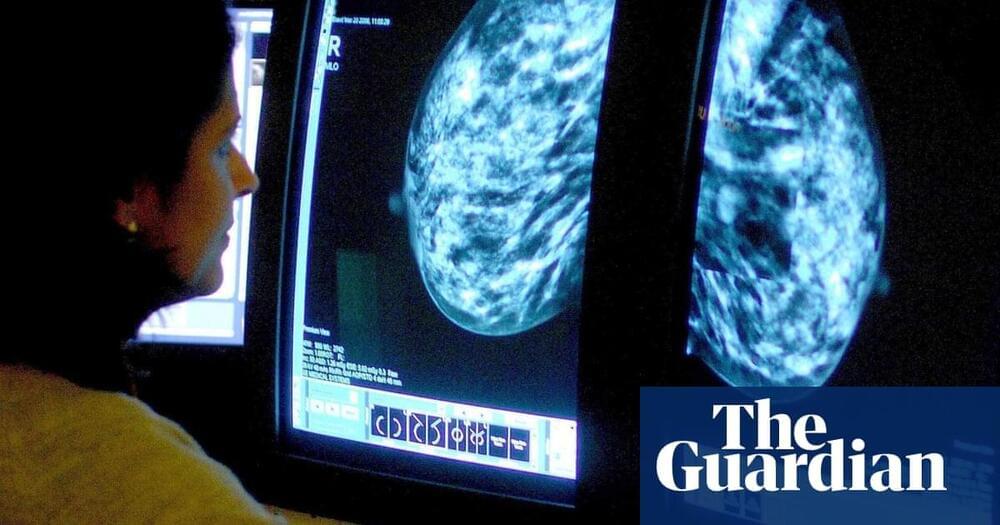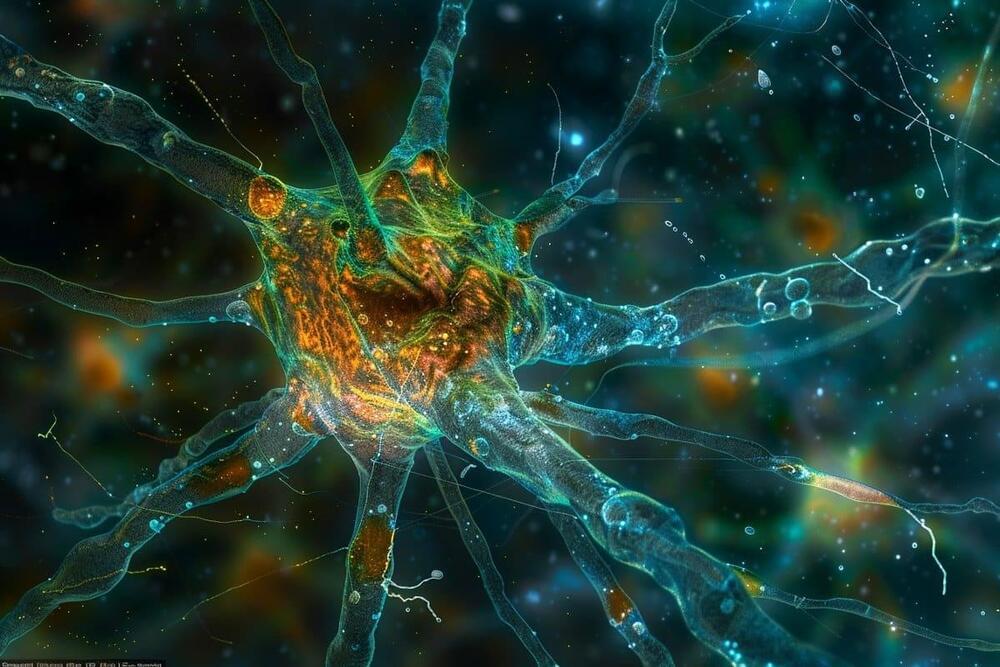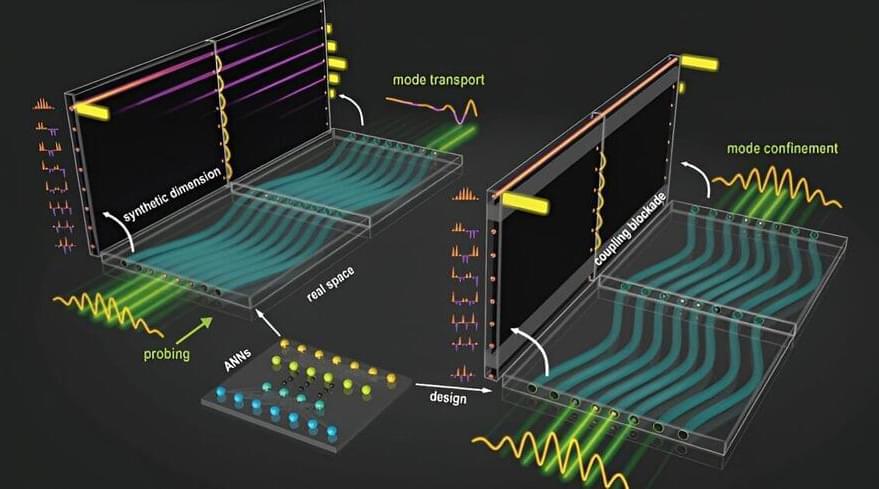A month ago, we were impressed by these robots being able to pick things up, put them in the right spot, open doors and charge themselves. But new video released hours ago makes it clear that autonomous humanoid work is starting to accelerate like mad.
Norwegian robotics company 1X is OpenAI’s other bet in the humanoid game – the bigger recent headline being its investment in, and collaboration with American company Figure.
1X’s Eve robots don’t have legs; they roll around on wheeled platforms. They don’t have the extraordinary hands that companies like Sanctuary AI, Figure and Tesla are making, settling instead for stumpy-looking claw grippers. And they’re pretty underwhelming to look at, too – their smiley faces, frankly, look silly, and as we’ve noted before, they’re draped in little tracksuity arrangements that make them appear like they’re late for their luge race.







